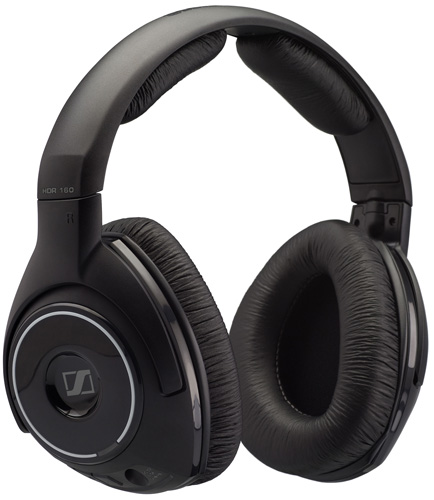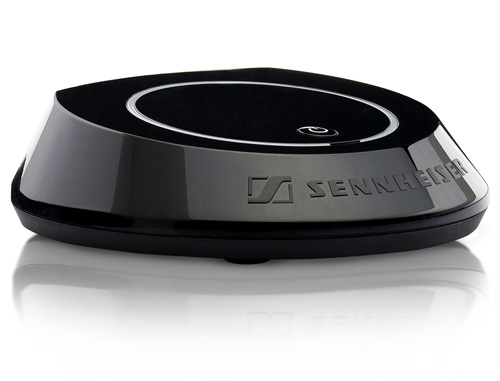This article is more than 1 year old
Sennheiser RS 160 wireless headphones
The wandering audiophiles' choice?
Review Although Sennheiser does make a few to Bluetooth headsets to keep the mobile phone market happy, it has never been terribly keen on this technology. Indeed, the company has just launched a new range of headphones that use its own ‘Kleer’ wireless protocol.

Sound investment? Sennheiser’s RS 160
We tested the cheapest model in the range, the RS 160, which has a recommended retail price of £140. There are also two other models, the RS 170 and RS 180, which cost £180 and £220 respectively. Expect to pay these sorts of prices too, as we could only find minor discounts on those figures when looking online. Of course, £140 isn’t exactly peanuts, but the RS 160 justified that price and proved to be the best set of wireless headphones we’ve tested so far.
The main claim for the Kleer technology is that – unlike Bluetooth – it provides lossless, uncompressed wireless audio at full CD-quality: 16-bit resolution at 44.1KHz. You can read more about the technology here.
The system consists of a fairly conventional set of on-ear headphones – nicely padded for a comfy fit and good seal over the entire ear – and the separate TR 160 wireless transmitter with a built-in pre-amplifier that you hook up to your audio gear to broadcast the playback.
Sennheiser describes the RS 160 as the ‘transportable’ model in the RS range, as the transmitter can either run from the mains or off two AA batteries, and is small enough to slip into a backpack when you’re travelling away from home. It has a volume control bolster line output levels from various sources such as CD or DVD players, and hooks up with its 3.5mm stereo jack input.

Connect an audio source to the TR 160 transmitter to broadcast to the headset
Battery life for both the transmitter and headphones are claimed to be ‘up to 24 hours’. We actually got closer to 21 hours when we left them playing overnight, but that’s still pretty good. Sennheiser provides you with two rechargeable AAA batteries for the headphones, and the power supply for the transmitter can be used to recharge the batteries too.
